
But this is not the only good first move for White.
A move which is just as good as e2-e4 is d2-d4.
Just as good, but VERY different.If you treat QUEEN'S PAWN OPENINGS the same way as KING'S PAWN OPENINGS you really won't get very far.

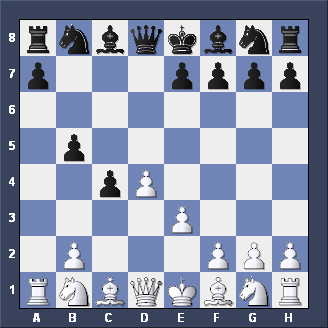
|
Here's the position. Do you see how White can win a piece here?
 




|

|
If Black takes with the Queen, how can you drive it back? 




|

|
White can gain time and drive back the Queen by playing Nb1-c3. He can then follow up by playing e2-e4 with a big advantage in the center. 
|

|
And if Black takes with the Knight instead, how can you drive that piece back? 




|
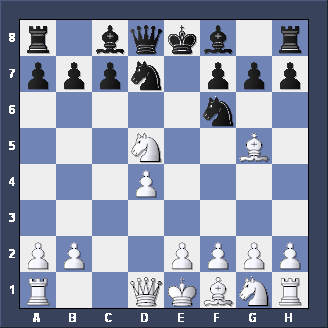
|
After the moves c4xd5 (which is fine) e6xd5 Nc3xd5 we reach this position. You have to look a couple of moves ahead to work out what Black should play here.  




|

|
Amazingly, Black CAN play Nf6xd5, even though it loses the Queen. Have you seen what Black can do now?
 




|
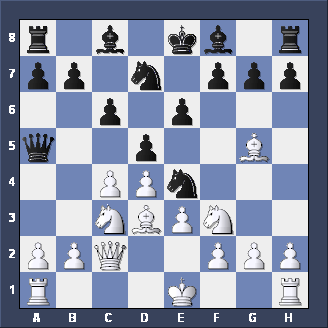
|
Can you tell me Black's best move in this position?
 




|
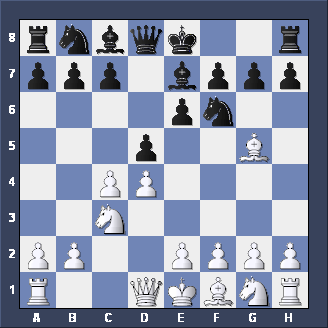
|
Play might continue like this: 5. Ng1-f3 0-0 6. e2-e3 Nb8-d7 7. Ra1-c1 
|
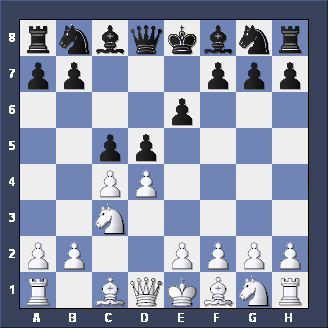
|
It's White's move - which pawn capture would you prefer? Enter either d5 or c5 to indicate the pawn you want to capture.  




|

|
 




|
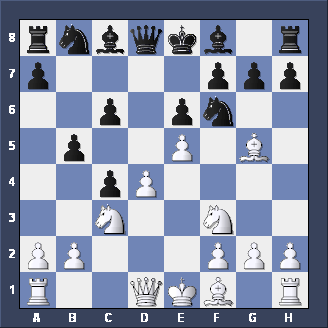
|
 




|

|
|